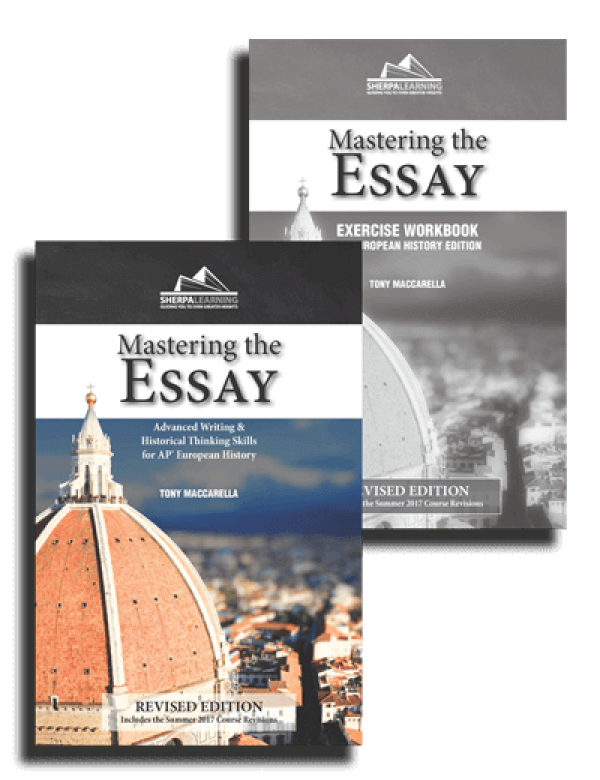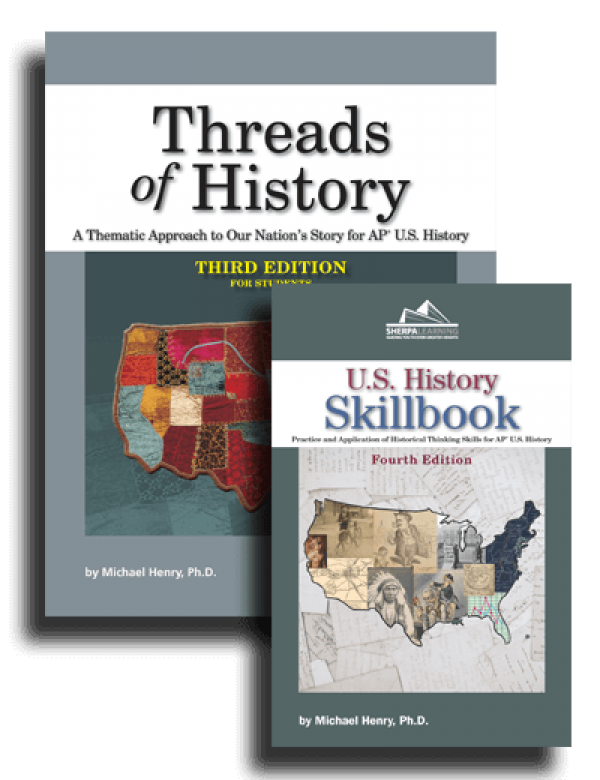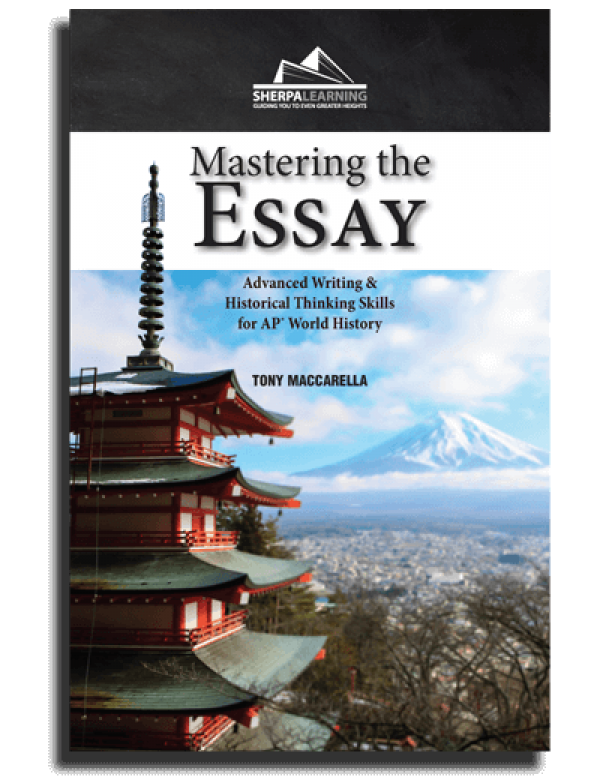The New DBQ Rubric: A Step in the Right Direction

The New DBQ Rubric: A Step in the Right Direction
At the end of July, the College Board and Educational Testing Service (ETS) published revisions to the guidelines for the AP U.S. History course and exam framework (click here to view the released revisions). Among the changes was a new rubric for the Document-Based Question. These modifications to the grading standards for this question are very helpful, but they also raise issues for teachers as they plan for their instruction in the coming school year.
Relationships Among Historical Evidence
One positive step taken by the revision was to address a major complaint raised by teachers about the original rubric. Many instructors—myself included—complained the rubric was simply not an effective grading tool. It appeared more like a check-list for assessing essays with no provisions made for whether a student’s answer was coherent, well organized, or well written. Now, students are awarded a point when they recognize and account for "historical complexity by explicitly illustrating relationships among historical evidence… [through] contradiction and corroboration"—exactly what a sound essay should do. This is a good step forward.
Reduced Document Requirements
In addition, the revised rubric has reduced the number of documents to be used in a DBQ answer from seven to six. The rubric now also requires students to identify one component—such as point of view, intended audience, etc.—for four sources rather than six or seven, as was required in the previous ("old new") rubric. This will lighten the student’s load and free up time to develop his or her answer. And, as a bi-product of these modifications, student answers are likely to be more thoughtful and more fully developed.
A Clearer View of Contextualization
Further, the revised rubric addresses the issue of contextualization more clearly. Students are now instructed to connect their argument to events, developments, or processes immediately relevant to the question and the time period. Students now understand that they can add background to their topic early in their essay by relating the topic under consideration to similar developments around the same time period of the question. This will allow teachers to emphasize “setting the stage” when students begin to develop their primary argument. By adding the wording “immediately relevant to the question,” the rubric delivers a much clearer understanding of the skill of contextualization.
Synthesis—Better, but Still Vague
Finally, the rubric attempts to clarify how the synthesis point will be awarded. While the definition still seems a bit vague, it is an improvement over the original description of synthesis found in the previous version of the rubric. Students are now instructed to connect their argument to a different period, theme, or discipline. This gives students guidance to go outside the time period and to relate their argument to similar developments in another era, which also draws a distinction between contextualization and synthesis.
The Downside
While these changes give greater clarity to teachers about how to grade their students’ responses, the downside of the modification is that, to some degree, teachers are back to square one in their efforts to understand how to grade their students’ DBQs. Just like in the Fall of 2014, teachers will not have anchor papers from the previous year's exam reading with which to evaluate their classroom essays. They will once again be unsure how to operationalize the revised rubric since papers from the 2015 reading are not going to be helpful, due to the new revisions. These answers were graded under the “old new” rubric and do not offer clear examples of how to use the new rubric. Once more teachers will be unsure exactly what contextualization or synthesis should look like in an essay.
Nevertheless, the revised DBQ rubric does address many of the concerns raised by teachers after the launch of the redesigned AP U.S. History course. For this, the College Board and ETS should be recognized and commended for their effort.
LEQ/DBQ Rubric Guides
In an effort to help teachers adjust to the new rubrics as efficiently as possible, Mike has created a set of “rubric guides.” Through a series of deconstructions, these guides help explain the new LEQ and DBQ rubrics and make it easier to begin putting them to use. These guides are available on the Threads of History companion website for teachers.




